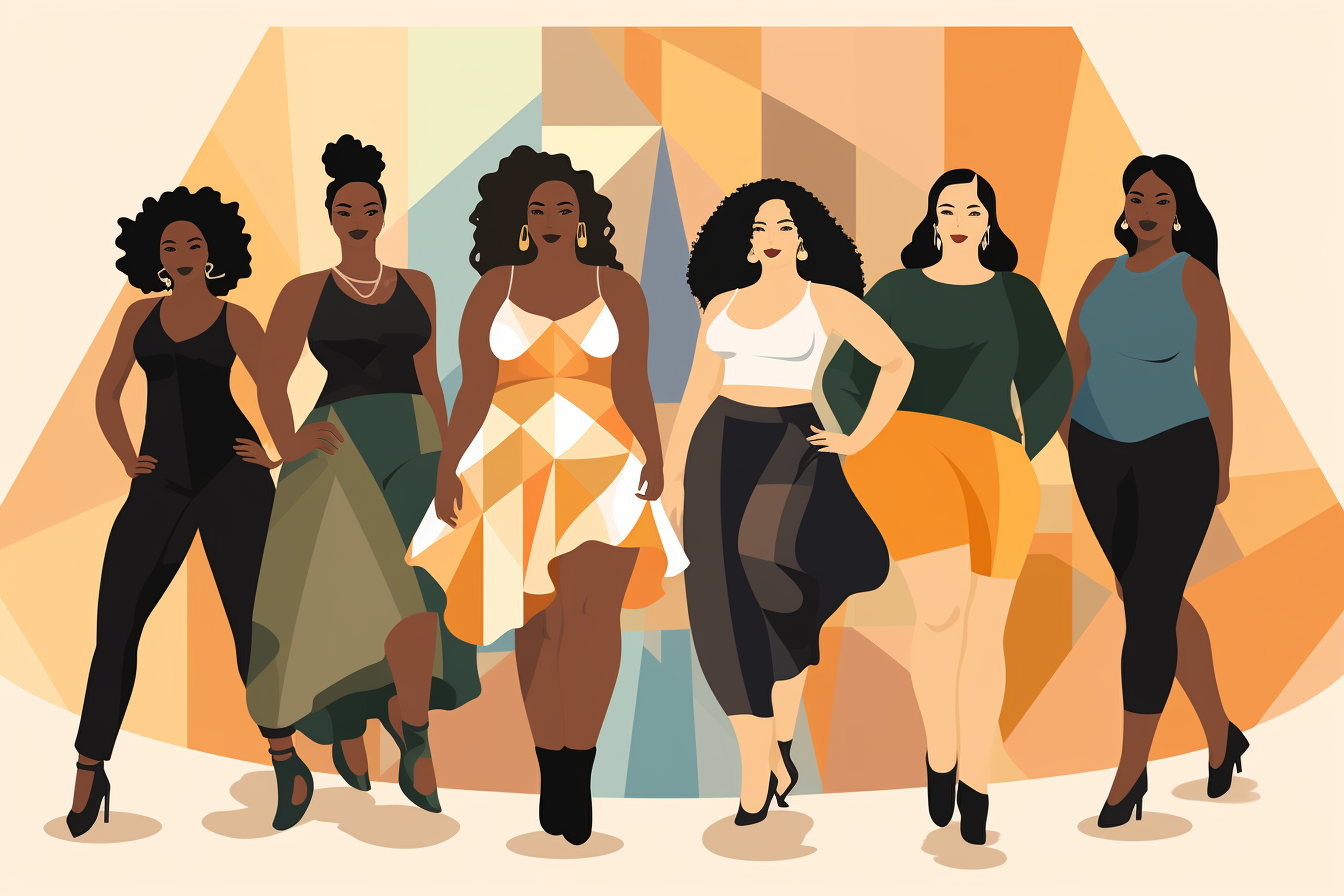
Today’s fast-paced fashion e-commerce sector increasingly adopts diverse modeling as a key strategy. This move transcends mere trend-following. It showcases inclusivity, mirrors our global community’s diversity, and gives brands a competitive edge in fashion.
The Importance of Diverse Models in Fashion E-commerce
Diverse models in fashion critically represent the global population’s diversity. McKinsey’s research shows that fashion underrepresents diverse talent, starting from educational institutions to industry leadership and affecting people of color significantly. Brands embracing diversity connect more deeply with wider audiences, positioning themselves as relatable, accessible, and progressive.
Moreover, brands that are inclusive in their modeling practices are often viewed as forward-thinking and socially responsible. This positive brand perception is instrumental in building lasting customer loyalty and enhancing the brand’s overall reputation. The report “Beyond Boundaries: Diversity and AI in Fashion,” by Boston Consulting Group and Vogue Polska, marks a new era in fashion. It promises greater openness and significant shifts in diversity, equity, and inclusion, reshaping the fashion industry.
Overcoming Challenges for True Diversity in Modeling
While the benefits of diversity in fashion modeling are clear, achieving it can be challenging. Narrow standards of beauty have long been influencing the industry and moving beyond these entrenched norms requires deliberate and thoughtful strategies. Additionally, Euromonitor International reveals that despite commitments to inclusivity, many fashion brands still struggle with a gap between intention and practice. Key to solving this is ensuring that diversity is represented authentically and sensitively, avoiding superficial tokenism in favor of genuine inclusion.
To effectively embrace diversity, fashion brands must develop inclusive casting policies that reflect a commitment to representing a variety of perspectives. It is also critical to focus on customer-centric design and marketing that speaks to a diverse audience. Moreover, educating employees about diversity’s value ensures these principles are deeply rooted in the brand culture.
Collaborating with organizations and influencers who advocate for diversity can extend a brand’s impact in this area. Regularly engaging with and listening to feedback from diverse consumer groups allows a brand to stay attuned to its audience’s evolving needs and preferences.
Looking Ahead: The Future of Diversity in Fashion Modeling
Societal attitudes towards inclusivity suggest a future where diverse models become an industry standard. Brands leading this change are setting new industry standards, making inclusivity integral to their identity and success. Euromonitor notes significant media attention towards diversity since 2020, with high-profile brands increasingly featuring diverse models and embracing various cultures.
Technological advancements, such as virtual try-on features, further enhance this diversity trend. These tools allow customers to see a more personalized representation of products on models that closely resemble their own appearance. This innovation promotes inclusivity in the digital fashion experience, aligning with the broader industry shift towards diversity.